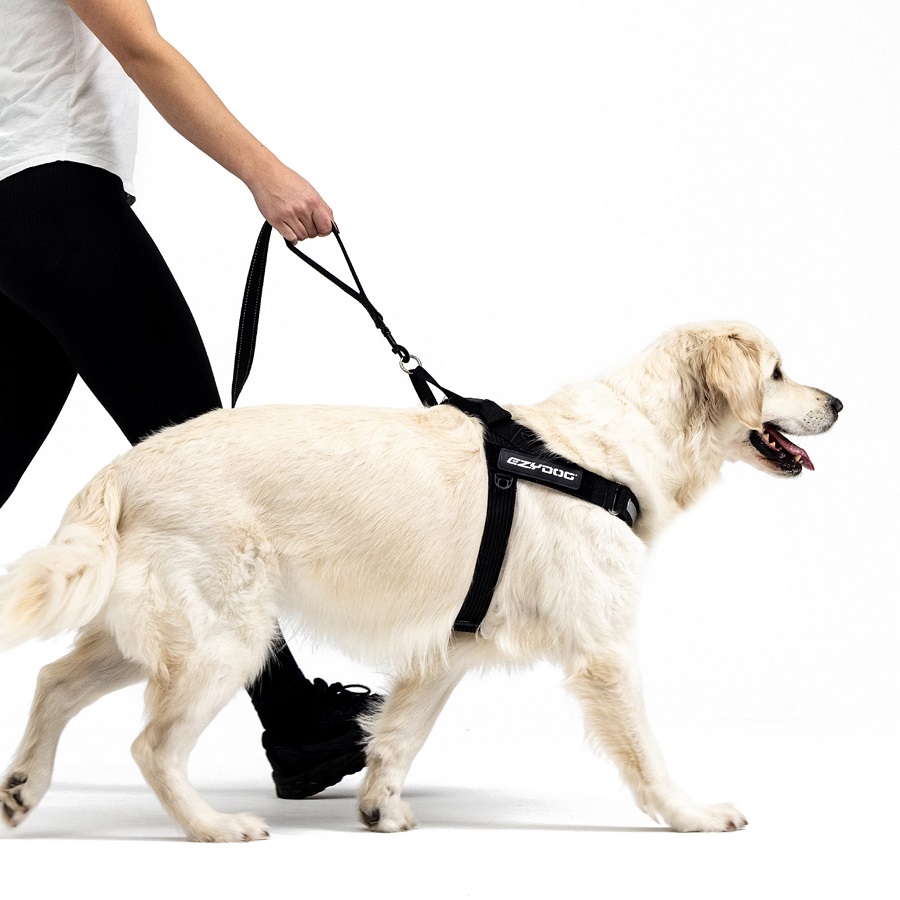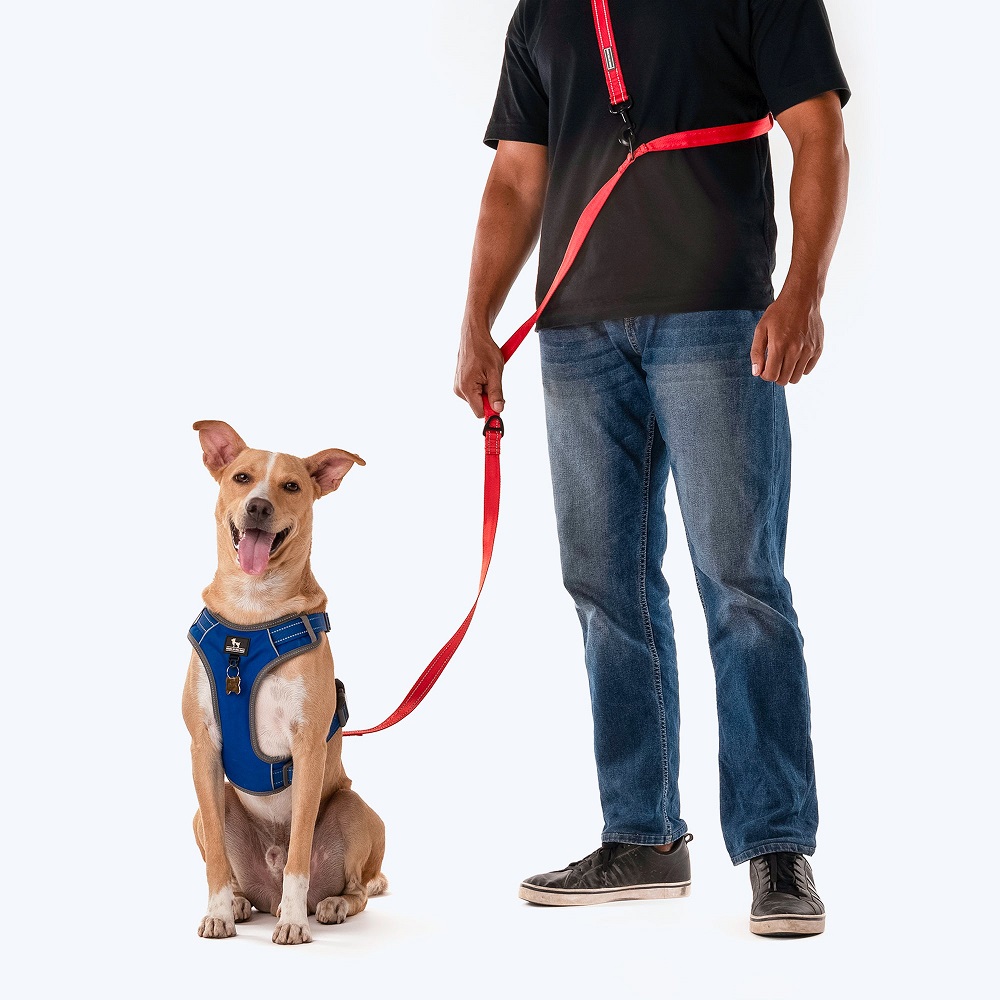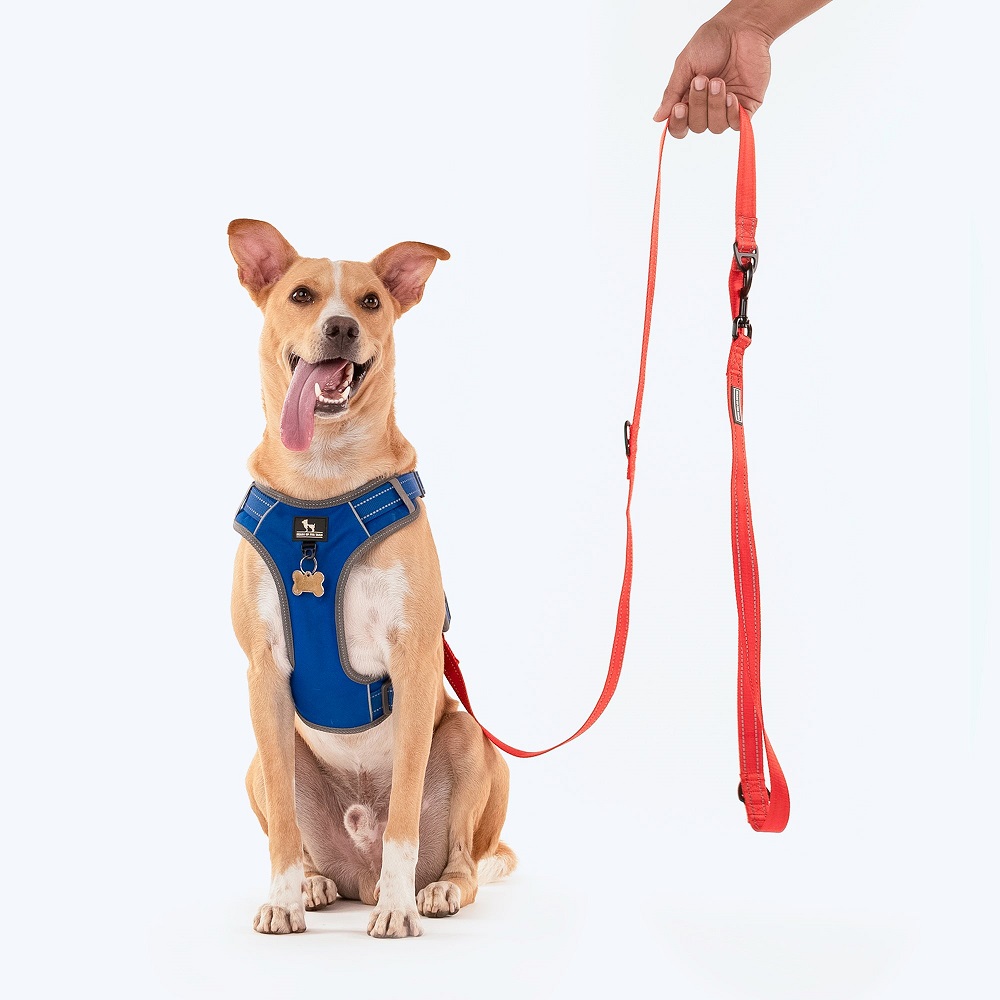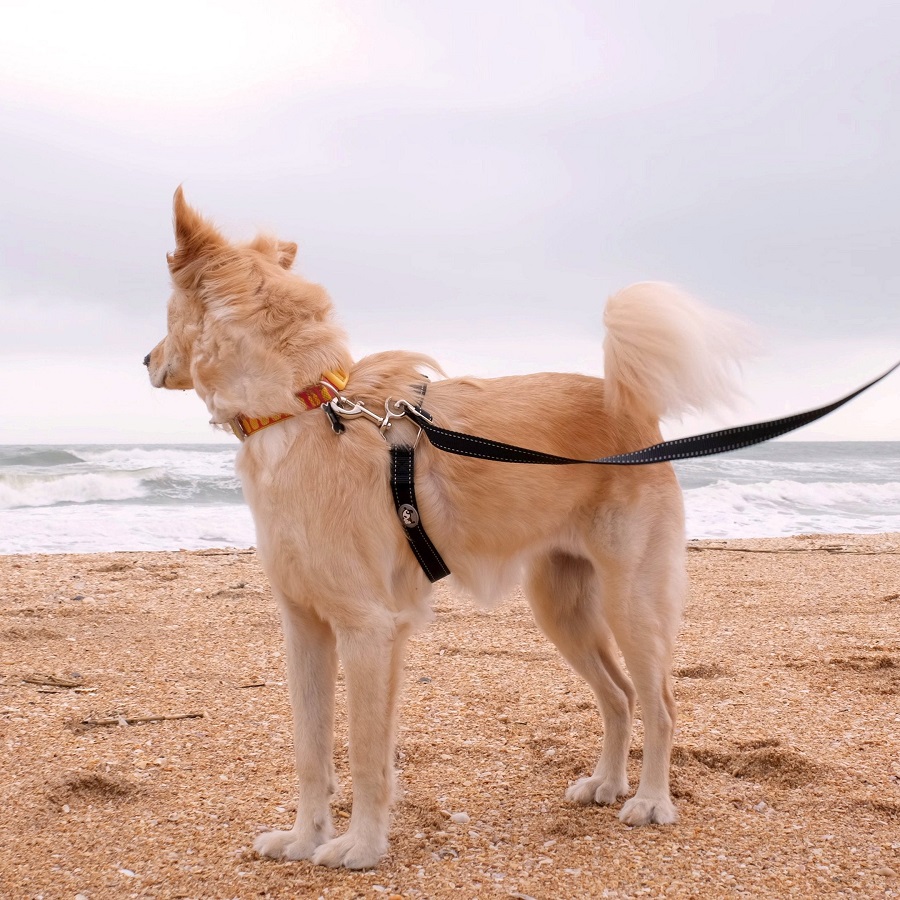Walking dogs without leashes is a topic that has sparked debate among pet owners, dog trainers, and animal behaviorists. Some people advocate for the freedom it offers both the dog and the owner, while others worry about safety and control. In this article, we will explore both the joys and challenges of letting dogs roam free without a leash, with a focus on understanding the benefits, potential risks, and tips for safely practicing off-leash walking.
The Joy of Freedom for Dogs
Unleashing Natural Instincts and Energy
One of the most obvious benefits of allowing dogs to walk without leashes is the freedom it gives them to express themselves. Dogs are naturally curious animals, and without the constraints of a leash, they can explore their environment in a way that is more natural and instinctive. This freedom allows them to run, sniff, and interact with their surroundings, which can be incredibly enriching for their mental and physical health.
For many dogs, especially those with high energy levels, the chance to roam freely is a chance to burn off excess energy that might otherwise lead to destructive behavior. Dogs that are allowed to run in a secure, off-leash area are often happier and more relaxed at home. This can result in fewer behavior problems and a stronger bond between dog and owner, as the dog associates walks with freedom and fun.
Strengthening the Bond with Your Dog
Another joy of walking dogs without leashes is the opportunity it offers for deepening the bond between owner and pet. When dogs are off-leash, they tend to be more focused on their surroundings and their human companions. Owners often experience the thrill of watching their dog engage in spontaneous play or explore independently, which can foster a sense of trust and understanding.
In addition, walking off-leash can make training sessions more effective. Off-leash training helps dogs learn recall and responsiveness to commands in real-life situations, which can improve communication between dog and owner. The sense of trust and partnership that develops through off-leash activities is invaluable for building a stronger relationship with your dog.

Benefits for Dog’s Health and Well-being
Physical Exercise and Mental Stimulation
Letting dogs roam off-leash can have a positive impact on their health. Without the constant tug of a leash, dogs are more likely to engage in vigorous exercise. They may sprint, jump, or navigate rough terrain, which promotes cardiovascular health and muscle development. For breeds with high energy levels, like Border Collies or Huskies, off-leash time provides an outlet for their need for intense physical exercise.
In addition to physical benefits, being off-leash allows dogs to engage their minds in ways that walking on a leash cannot. They can sniff around freely, investigate new smells, and observe wildlife. This kind of mental stimulation is important for a dog’s overall well-being and can prevent boredom-related behaviors, such as excessive barking or chewing. For some dogs, the freedom to roam offers a more fulfilling experience than the restriction of walking on a leash.
Socialization and Playtime
Another benefit of off-leash walks is the potential for socialization. Dogs are social creatures, and many enjoy interacting with other dogs. Off-leash environments, such as dog parks, allow dogs to meet and play with others in a safe space. These social interactions can help reduce anxiety or aggression in dogs and improve their overall social skills. For puppies or dogs that have not been well-socialized, off-leash time is an excellent way to practice good behavior and learn how to interact appropriately with other dogs.
Furthermore, playtime in an off-leash environment gives dogs the opportunity to express themselves in playful ways, whether it’s chasing a ball, wrestling with another dog, or running freely in the open. This kind of play is essential for a dog’s emotional well-being and helps them stay balanced and happy.
The Challenges of Walking Dogs Without Leashes
Safety Concerns and Risks
While there are many joys to walking dogs without leashes, there are also significant risks involved. One of the biggest concerns is safety, both for the dog and the surrounding environment. Dogs that are off-leash may not always come when called, and if they run off or become distracted, it can be difficult to get them back. This can be particularly dangerous in areas with traffic, wildlife, or other hazards.
Moreover, off-leash dogs might cause accidents or disturbances in public spaces. For instance, a dog running unsupervised could approach other animals, causing conflicts or even injuries. The potential for an off-leash dog to engage in negative behaviors, such as chasing cars or approaching strangers, makes the practice of walking without a leash a risky proposition for some owners.
Legal Restrictions and Public Perception
Another challenge of walking dogs without leashes is the legal aspect. In many areas, leash laws are in place for the safety of both dogs and humans. Walking a dog without a leash in public spaces could result in fines or legal trouble. Some communities have designated off-leash zones, but these are not always accessible or convenient for every dog owner.
Furthermore, not all people are comfortable with dogs that are not on a leash. Some individuals may have a fear of dogs, or their pets may not be well-socialized. A dog that is off-leash can cause anxiety in other dog owners or pedestrians, which can create tension in public spaces. It’s important to be aware of local laws and community norms before choosing to let your dog roam free without a leash.

Training Considerations for Off-Leash Walking
Importance of Recall and Obedience
One of the key elements to successfully walking dogs without leashes is training. Before allowing your dog to walk off-leash, it’s crucial that they have a solid recall command. Recall is the ability of the dog to return to you when called, no matter the distraction. A strong recall is essential for safety, especially in situations where the dog might encounter danger or simply wander too far away.
Training a dog to respond reliably to recall involves consistency, positive reinforcement, and patience. Start by teaching recall in a controlled, enclosed environment, and gradually increase the level of distraction as your dog gets better at following the command. The ultimate goal is for the dog to respond to your call instantly, regardless of what’s happening around them.
Start Slowly and Gradually Increase Freedom
Even well-trained dogs need to start slowly when transitioning to off-leash walking. Initially, practice in a safe, enclosed area such as a backyard or a dog park where the dog can roam freely without the risk of encountering hazards like traffic. Once your dog shows reliable recall and is able to stay focused on you, you can start walking in low-traffic, controlled environments before venturing into more open spaces.
Remember that walking off-leash requires constant supervision, especially in unfamiliar areas. Always keep an eye on your dog, and be prepared to call them back if necessary. Over time, with consistent training and patience, your dog will become more comfortable with off-leash walking, and you’ll gain confidence in their ability to remain safe and well-behaved.
How to Find the Right Environment for Off-Leash Walking
Selecting Safe and Appropriate Locations
Not all environments are suitable for walking dogs off-leash. When considering where to walk your dog without a leash, look for secure, enclosed spaces such as dog parks, nature reserves, or hiking trails that allow off-leash dogs. These areas should have minimal traffic and few potential hazards, such as wildlife or steep cliffs.
Make sure the area is properly fenced or closed off to prevent your dog from running into dangerous situations. Open fields or isolated trails are often good choices, but always check for any local regulations regarding leash laws. Avoid busy urban streets or areas with heavy traffic where it might be difficult to maintain control over your dog.
Respecting Other Dog Owners and Pedestrians
When walking your dog off-leash in public spaces, it’s important to be respectful of other people and their pets. Not all dogs are comfortable with off-leash dogs, and some people may have concerns about the potential for aggressive behavior or fear-based reactions. Always ask permission before allowing your dog to interact with others and be mindful of other pet owners who may not feel comfortable with loose dogs nearby.
Additionally, be aware of other pedestrians, joggers, and cyclists. While your dog may be well-behaved and under control, others may not share the same level of comfort with dogs roaming freely. Keeping your dog under control and respecting others’ personal space is essential for maintaining a positive off-leash experience.

Final Thoughts
Walking dogs without leashes can be an incredibly rewarding experience for both dogs and their owners. The benefits of increased freedom, exercise, and mental stimulation are clear, and for many dogs, it can improve overall well-being. However, it’s important to recognize the challenges and risks, including safety concerns, legal restrictions, and the need for thorough training.
Ultimately, the decision to walk a dog off-leash depends on the individual dog, the environment, and the owner’s ability to train and supervise their pet. With proper preparation and consideration, walking dogs without leashes can be a safe and enjoyable activity that strengthens the bond between dog and owner while giving the dog a chance to experience the world on their own terms.









